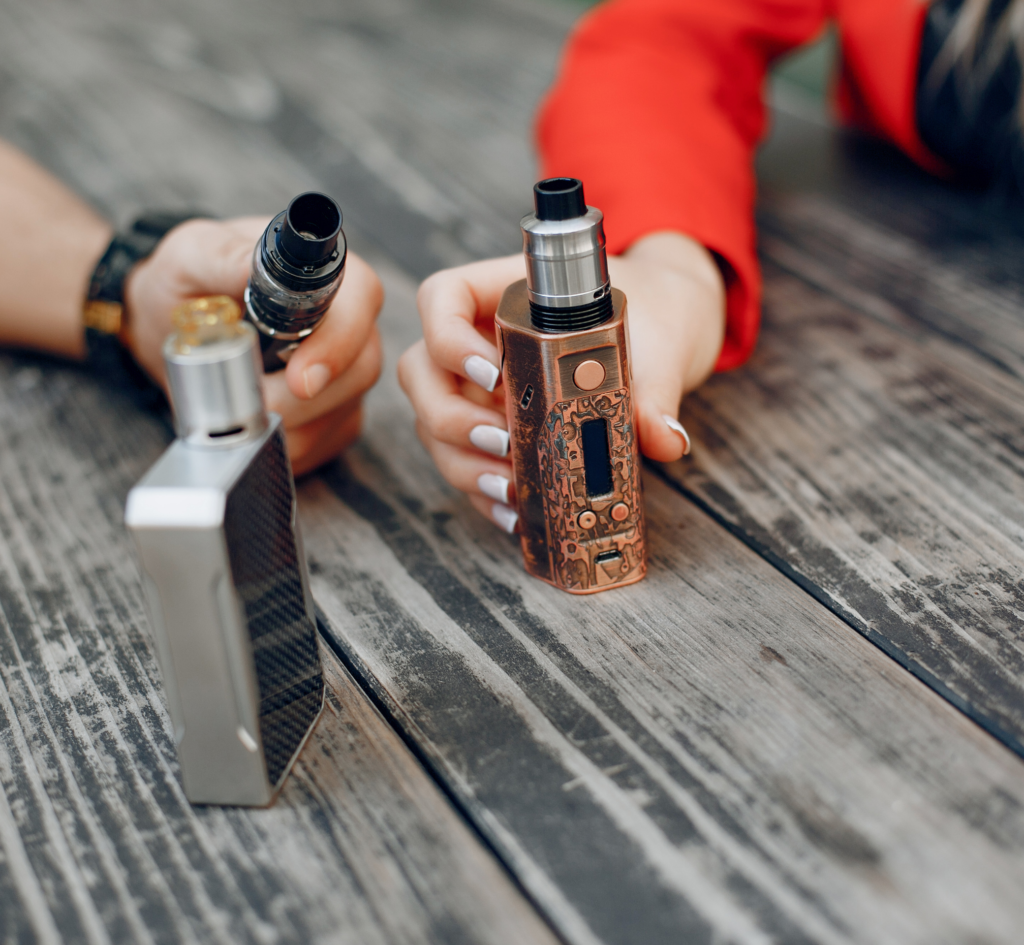Panamerička zdravstvena organizacija (PAHO), podružnica Svjetske zdravstvene organizacije (WHO) u Americi, nedavno je objavila svoj Izvješće o kontroli duhana za regiju Amerike 2022.. U njemu WHO još jednom ne prepoznaje ulogu koju vaping može imati u smanjenju štete uzrokovane pušenjem.
Među gotovo 150 stranica izvješća, WHO posvećuje cijelo poglavlje onome što naziva “novim i nadolazećim nikotinskim i duhanskim proizvodima”, u kojem ponavlja već opovrgnute mitove o vapingu. Izvješće nagovještava da su pojava i popularizacija elektroničkih sustava za isporuku nikotina (ENDS) krivi za činjenicu da “kontrola duhana ostaje prioritet i izazov”. Ako je WHO doista zabrinut zbog kontrole upotrebe duhana i pomaganja pušačima da prestanu pušiti, trebao bi prestati kriminalizirati uređaje za vaping i promovirati njihovu upotrebu kao pomoć pri prestanku pušenja. Kao što dokazuju svjedočanstva bivših pušača vapera diljem svijeta, ovi uređaji dio su rješenja, a ne razlog zašto pušenje i dalje predstavlja problem javnog zdravstva.
Nadalje, WHO manipulira napadajući diskurs zagovornika vapinga tvrdeći da ’ termini poput smanjene štete ili smanjenog rizika obično zbunjuju ljude i pružaju lažni osjećaj sigurnosti u okolnostima u kojima ne postoje znanstveni dokazi koji bi pokazali da je konzumacija takozvanih proizvoda smanjene štete sigurna za zdravlje”. Nijedan zagovornik vapinga ne kaže da je vaping potpuno bez rizika i da bismo to trebali činiti bez obzira na posljedice. Poanta – koju WHO, čini se, ne razumije – jest da je znanstveno dokazano da je vaping puno manje štetan u usporedbi s pušenjem, pa je termin smanjenje štete duhana u potpunosti valjan. Bez obzira na to koliko se WHO trudi diskreditirati ga.
Kao da to nije dovoljno, WHO ide još dalje i usuđuje se uskratiti ENDS-u status korisnog pomagala za prestanak pušenja. To opravdava objašnjavajući da su “ovi proizvodi dizajnirani tako da se izloženost koncentracijama nikotina eksponencijalno smanjuje tijekom određenog vremenskog razdoblja (...), ali su podvrgnuti manjem nadzoru nacionalnih vlasti i stoga nemaju koristi od istog stupnja osiguranja kvalitete kao odobreni NRT-ovi”. To nije istina. Kao što ime sugerira, uređaji su dizajnirani za sigurnu konzumaciju nikotina, a ne nužno za uklanjanje konzumacije nikotina. Štoviše, nikotin ima samo manje učinke na zdravlje i nije problem u drugim NRT-ovima poput nikotinskih žvakaćih guma ili nikotinskih flastera, pa zašto bi bio problem kod vapinga?
Prestanak pušenja vrlo je težak zadatak, a postaje još teži kada se radi bez pomoći. Terapija šokom često ne djeluje i ne možemo očekivati od mnogih pušača da će preko noći prestati pušiti snagom volje. Znamo da će kada pokušaju prestati patiti od simptoma odvikavanja i ako to ne uspiju prevladati, ponovno će se okrenuti cigaretama. Zašto im ne bismo pomogli pružajući im sigurniji i učinkovitiji način prestanka pušenja? Vaping je 95% manje štetan od pušenja i je najučinkovitija metoda prestanka pušenja. Zdravstvene agencije trebale bi prestati misliti da pušači imaju samo dvije mogućnosti: prestati ili umrijeti. Umjesto toga, trebale bi promovirati smanjenje štete općenito, a posebno vaping kao pomoć pri prestanku pušenja.






2 odgovora